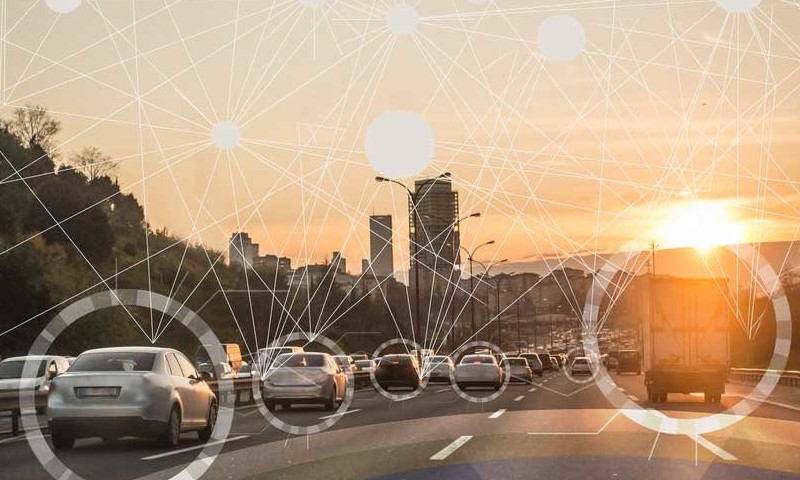Last modified more than a year ago

Thinking of a car as a smart hub
Every so often we think of connected cars as belonging to the future. But they are already here and becoming more and more intelligent by the day. C-V2X (Cellular Vehicle-to-Everything), the promising technology is commercially available today worldwide as it can use the existing 3G and 4G LTE networks which is widely available in our mobile services. The new generation of cars will help the EU to achieve its European Green Deal targets. Over 30 million cars connect to the mobile networks. Manufactures and telco operators are working together to offer more services, using these techniques cars will evolve to become an intelligent hub. They can sense, share, self-asses and stream seamlessly.
A lot of the debate in Europe is about which technologies should form foundation of the standards for future connected vehicle in the upcoming 5G era. At present we do not have the 5G technology but Connected Automated Mobility (CAM) can be delivered today through existing cellular networks. The services will deliver more enhancements like intersections collision risk warnings, optimal speed advisories, road hazard warnings, etc. This is only possible because of the radio interface between mobile and radio access networks. Currently there are three key trends in the automotive industry now: vehicles are becoming more intelligent hubs, connected and electric.
Connected automated mobility will soon prove to be a safer, cleaner and more efficient mobility system. It can help the European Union to achieve its European Green Deal targets like reducing fuel consumption, lowering CO2 emissions, introducing more electric cars on road, increasing shared mobility and autonomous driving. Connected automated mobility is one of the flagships uses cases in the European Commission’s 5G Action Plan. C-V2X synergies with mobile networks allow to multiply effect with wider goals like closing digital gap by establishing denser networks to rural areas.
Read the full article here.
Picture: The Brussels Times©


